Spice Safari: The Zesty World of Chinese Hot Mustard Sauce (And 5 Tips to Master It!)
Table of Contents
- A Fiery Introduction
- From Ancient Roots to Modern Tables
- The Science Behind the Sting
- What Goes Into a Perfect Batch?
- 5 Pro Tips for Making Killer Hot Mustard
- Chinese Mustard Around the World
- Final Thoughts: Keep it Spicy, Keep it Real
A Fiery Introduction
If you’ve ever dipped a dumpling into that neon-yellow paste at your local Chinese takeout and felt like your sinuses just took off in a rocket, congratulations—you’ve met the Chinese hot mustard sauce. But behind that explosive sting lies centuries of spice tradition, chemistry magic, and culinary craftsmanship.
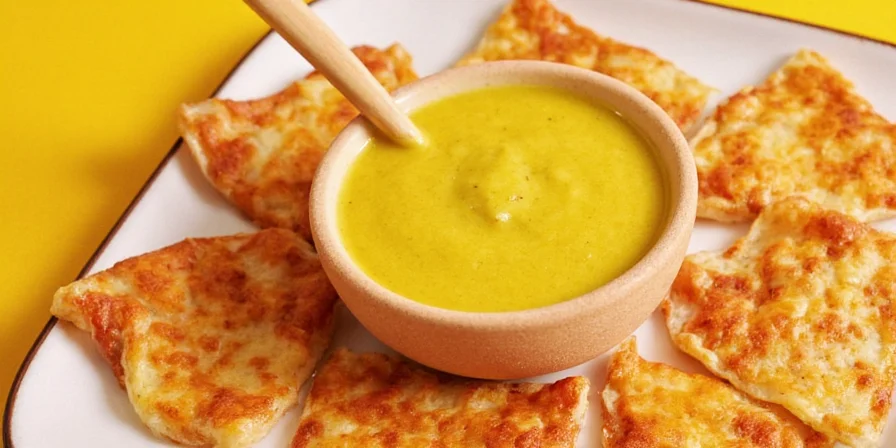
From Ancient Roots to Modern Tables
The origins of Chinese mustard trace back thousands of years. Unlike its Western cousin made from white or brown mustard seeds with vinegar, Chinese hot mustard is usually made from ground Brassica juncea seeds—also known as brown mustard seeds—mixed with water to create that signature nasal-clearing zing.
This spicy condiment was historically used both for flavor and for medicinal purposes, believed to stimulate digestion and promote circulation. Over time, it found a permanent home in regional Chinese cuisines—from Sichuan’s bold flavors to Cantonese dim sum culture.
| Feature | Chinese Mustard | Western Mustard |
|---|---|---|
| Base Seed | Brown Mustard (Brassica juncea) | White/Yellow Mustard |
| Mixing Agent | Water | Vinegar |
| Flavor Profile | Sharp, Pungent, Volatile | Sour, Tangy, Mildly Spicy |
| Shelf Life | Short-lived once mixed | Longer shelf life |
The Science Behind the Sting
Ever wonder why your nose burns more than your tongue when eating Chinese hot mustard? It’s all about the volatile compound allyl isothiocyanate, which is released when mustard seeds are mixed with water.
This compound vaporizes easily, irritating the mucous membranes in your nose more than your taste buds. That’s why it feels like your brain is melting—it almost is!
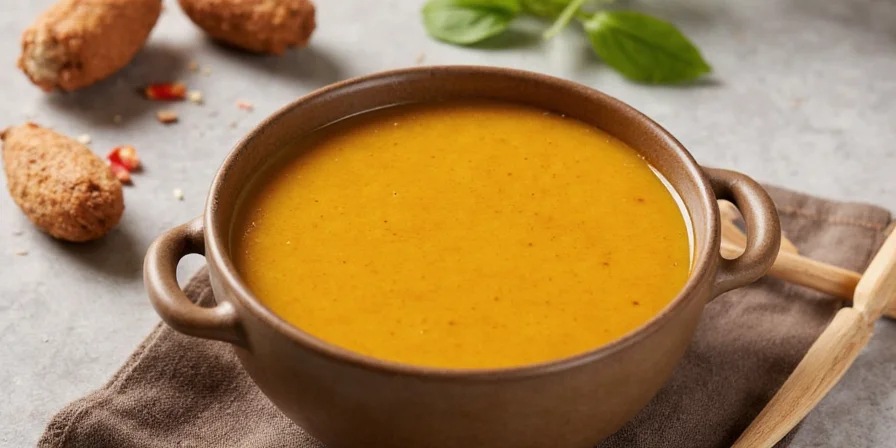
What Goes Into a Perfect Batch?
Traditional Chinese hot mustard is beautifully simple:
- Ground mustard seeds
- Water
- Sometimes a touch of oil or soy sauce
That’s it. No vinegar, no sugar, no preservatives. Just raw, unfiltered sinus-clearing bliss.
5 Pro Tips for Making Killer Hot Mustard
- Mix Right Before Use: Chinese mustard loses potency within minutes. Don’t prep it ahead unless you want a bland blob later.
- Cool Water = Less Heat: Using cold water reduces the release of allyl isothiocyanate. For maximum punch, use warm water.
- Use Fresh Ground Mustard: Pre-ground mustard works, but freshly grinding your seeds just before mixing gives a fresher, sharper bite.
- Add a Dash of Oil: A tiny bit of sesame or vegetable oil can mellow the heat slightly while adding depth of flavor.
- Dip, Don’t Drown: A little goes a long way. Too much mustard will overpower your dish. Dip dumplings, spring rolls, or even grilled meats lightly for best results.
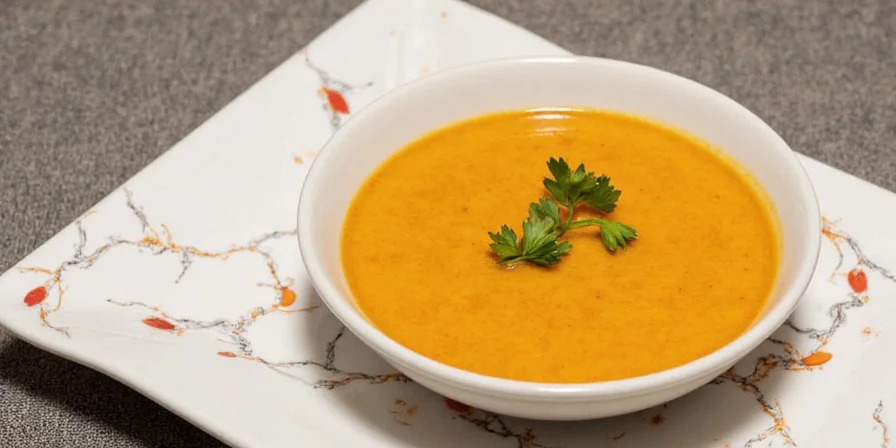
Chinese Mustard Around the World
In today’s globalized food scene, Chinese hot mustard has influenced—and been influenced by—other cuisines. You’ll find variations in Japanese ramen shops (think wasabi-style mustards), American fast-food Chinese restaurants, and even vegan fusion dishes where mustard plays a starring role.
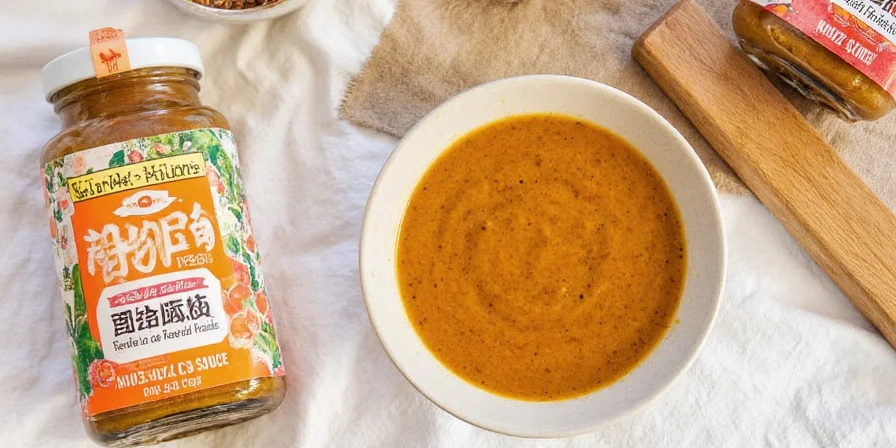
Final Thoughts: Keep it Spicy, Keep it Real
Whether you’re a professional chef or a weekend kitchen warrior, understanding the roots, science, and technique behind hot mustard sauce Chinese can elevate your cooking game. So next time you reach for that little tub of yellow paste, remember—it’s not just condiment, it’s a cultural explosion in a bowl.
Stay sharp, stay spicy, and never underestimate the power of a good mustard attack.


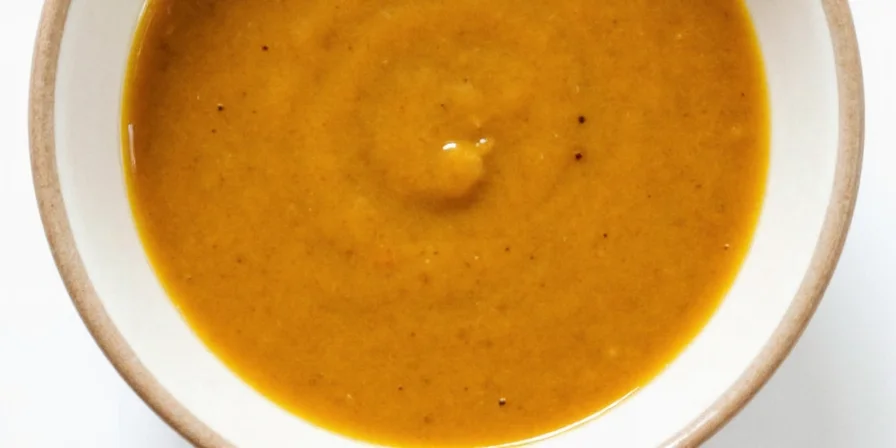









 浙公网安备
33010002000092号
浙公网安备
33010002000092号 浙B2-20120091-4
浙B2-20120091-4